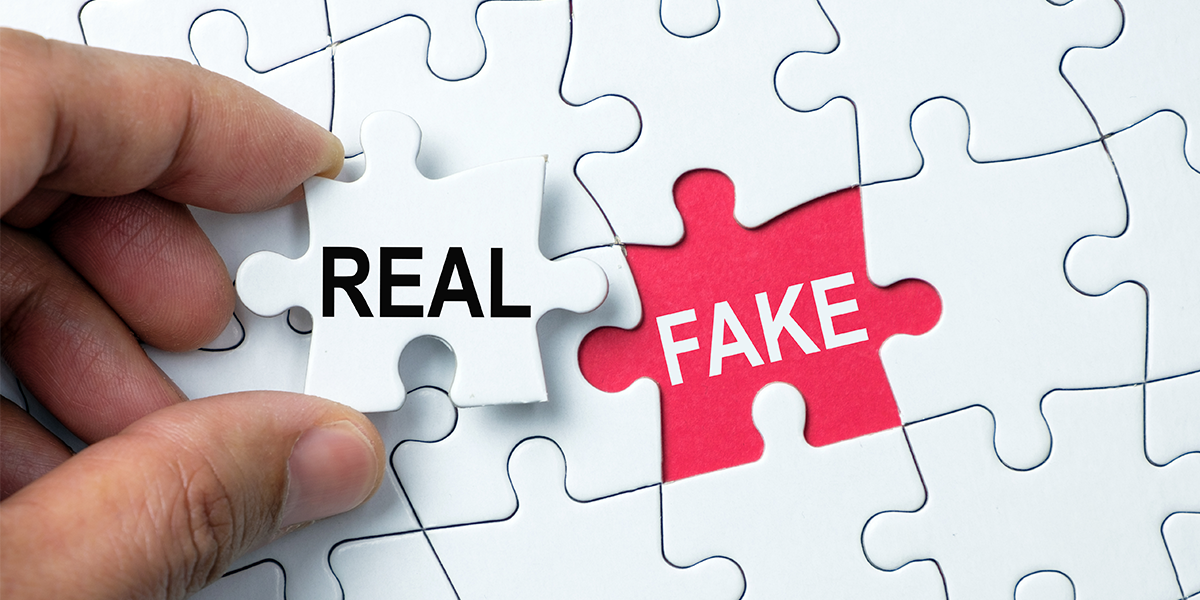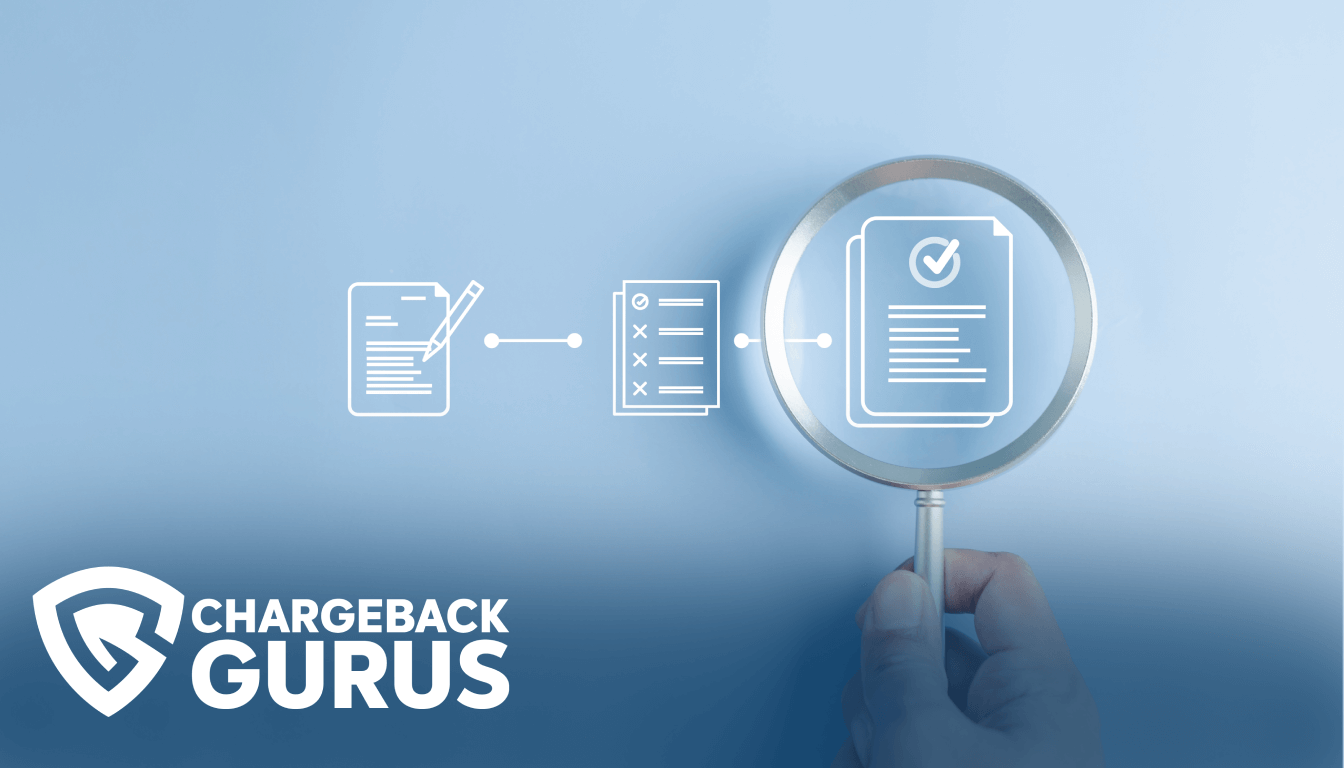Visa Chargeback Reason Code 13.4: Consumer Disputes

Table of Contents
- What is Visa chargeback reason code 13.4?
- What causes code 13.4 chargebacks?
- What's the time limit to respond to code 13.4 chargebacks?
- How can merchants fight code 13.4 chargebacks?
- How can merchants prevent code 13.4 chargebacks?
- About Visa chargeback reason codes
Merchants who receive a chargeback for a transaction placed with a Visa card may encounter reason code 13.4, which indicates a disputed transaction that the cardholder does not believe they should be responsible for paying. The actual underlying cause of this chargeback is usually either friendly fraud or merchant error. Merchants who believe they have received an invalid chargeback under reason code 13.4 may be able to represent the transaction and reverse the chargeback with the right compelling evidence.
What is Visa chargeback reason code 13.4?
Visa chargeback reason code 13.4 falls under the “Consumer Disputes” category. The shorthand description is “Counterfeit Merchandise.” This code indicates that the cardholder is claiming the merchandise they received was counterfeit.
Modern manufacturing technology has made it easier than ever to make convincing, high-quality counterfeit goods that are very difficult to distinguish from the vintage or brand-name products they are copying. Even merchants get fooled at times, and may unwittingly end up reselling counterfeit goods that they believe to be genuine. This chargeback reason code exists to protect customers who end up getting tricked into buying counterfeit products.
Note that this reason code supersedes the merchant’s return policy.
What causes code 13.4 chargebacks?
Code 13.4 chargebacks are often caused by merchant error. Either the merchant was unaware of the fact that they were selling knockoff products, or they were doing so knowingly and trying to pass them off as the genuine article.
This chargeback can also show up as friendly fraud. It is not uncommon for cardholders to try to cyber-shoplift from high-end merchants by falsely claiming that an expensive item they purchased is actually a fake.
They may be somewhat more likely to do so if they believe it will be difficult for the merchant to prove to the issuer’s satisfaction that the item is the real thing.
What's the time limit to respond to code 13.4 chargebacks?
The acquirer or merchant has 30 days to respond to a chargeback filed under reason code 13.4.
How can merchants fight code 13.4 chargebacks?
Merchants can fight code 13.4 chargebacks with evidence that the goods in question are genuine or documentation showing the cardholder has already been refunded.
Your chargeback response should include the following:
- Documents—such as appraisals, certificates of authenticity, or original purchase receipts—proving that the merchandise provided to the cardholder is not counterfeit.
- If you have already processed a refund for the transaction in question, provide documentation that proves you have credited the cardholder’s account.
- If you have resolved the issue directly with the cardholder, provide proof, such as written correspondence, that proves they no longer wish to dispute the charge.
How can merchants prevent code 13.4 chargebacks?
The most obvious way for merchants to prevent code 13.4 chargebacks is by avoiding selling counterfeit merchandise. A generous return policy and helpful, available customer service can also help.
This type of chargeback can be a recurring problem for merchants who sell collectibles, designer goods, antiques, artwork, instruments, and other products that unscrupulous manufactures find profit in counterfeiting. Even if you are rigorous about checking the authenticity of the merchandise you keep in stock, there is always the potential for disgruntled customers to hit you with friendly fraud chargebacks.
A generous and flexible return policy may afford you some protection—without one, you may end up stuck dealing with friendly fraud chargebacks of expensive goods that can cost you a significant amount of revenue.
The following advice can help you avoid this kind of chargeback:
- Do not sell counterfeit merchandise. Check the authenticity or provenance of items purchased for resale on secondary markets.
- Provide accurate, complete, and truthful descriptions of the products and services you are selling.
- If the cardholder contacts you because they are unhappy with the quality of the product or services they purchased, promptly fulfill all valid requests for replacements or refunds.
About Visa chargeback reason codes
Reason codes are alphanumeric codes that provide the justification for granting a chargeback. Pursuant to the Fair Credit Billing Act of 1974, cardholders have the right to dispute unauthorized or erroneous charges, and issuing banks must reverse a disputed transaction if the cardholder’s claim is valid.
When a cardholder contacts their issuing bank to dispute a transaction and receive a chargeback, the dispute is assigned a reason code that most closely matches the substance of the cardholder’s claims. The reason code provides the merchant and other stakeholders in the dispute with a concise explanation for why a chargeback has been granted.
Each card network—Visa, Mastercard, American Express, and Discover—defines and maintains their own unique set of reason codes, which are applied to disputes by the banks that issue credit and debit cards under their brands.
Visa specifies 46 reason codes under the categories of Fraud, Authorization, Point-of-Interaction Error, Consumer Disputes, and Processing Errors. Visa uses a numeric scheme for its chargeback reason codes.
Understanding chargeback reason codes is one of the most essential parts of effective chargeback management. Identifying the chargeback reason code and the evidence required to fight it is the first step in chargeback representment, and analyzing your chargeback reason codes can provide you with insights into what types of disputes are causing you the most trouble. With this information, you can determine the root causes of your chargebacks and take action to prevent them from reoccurring.


